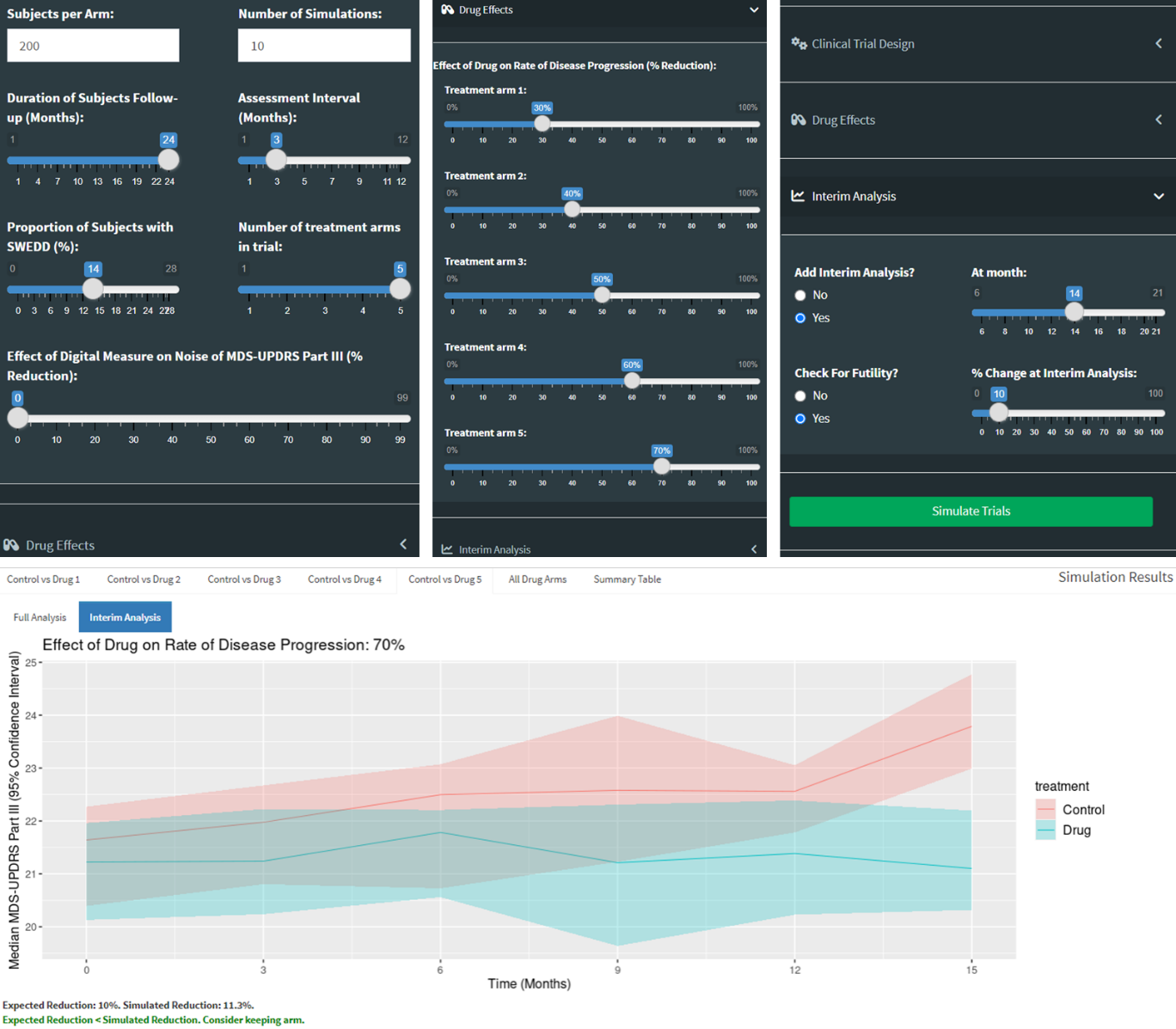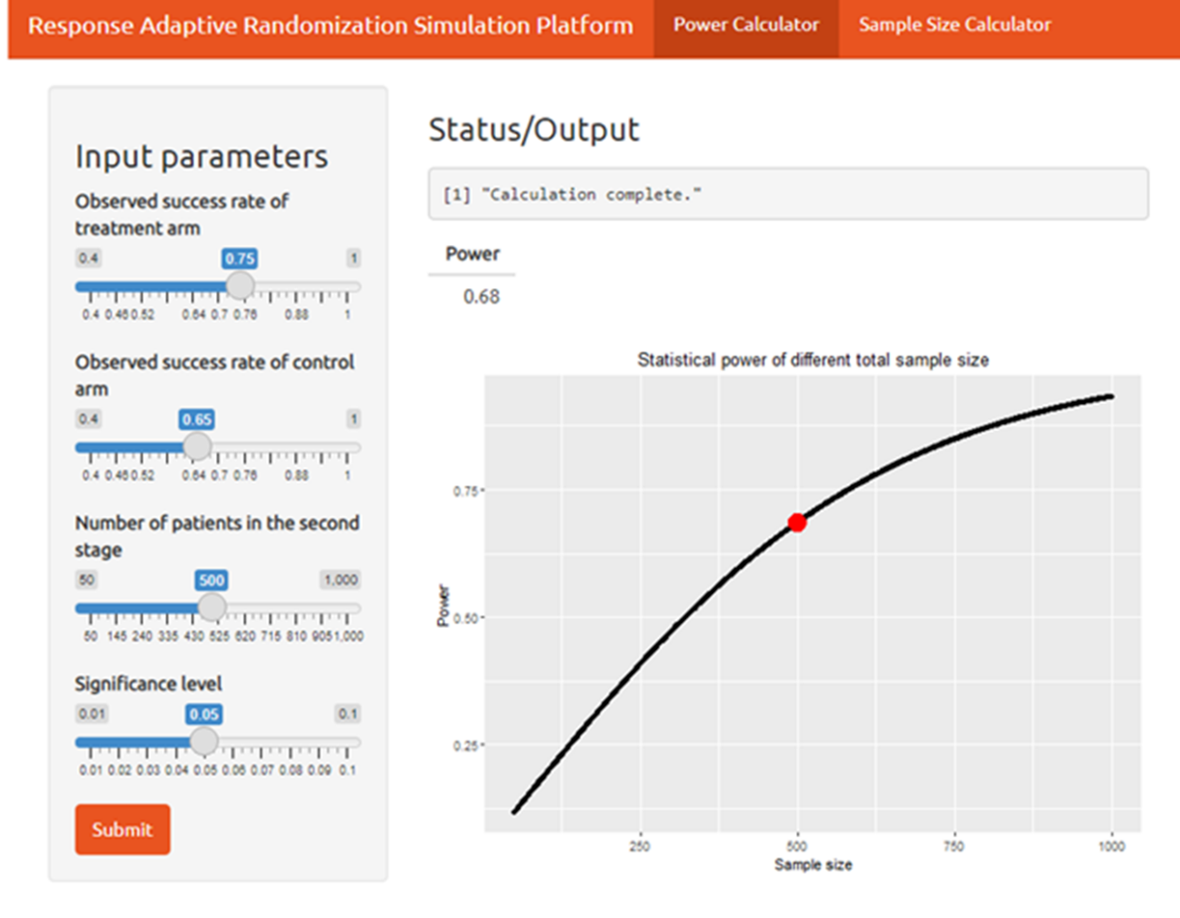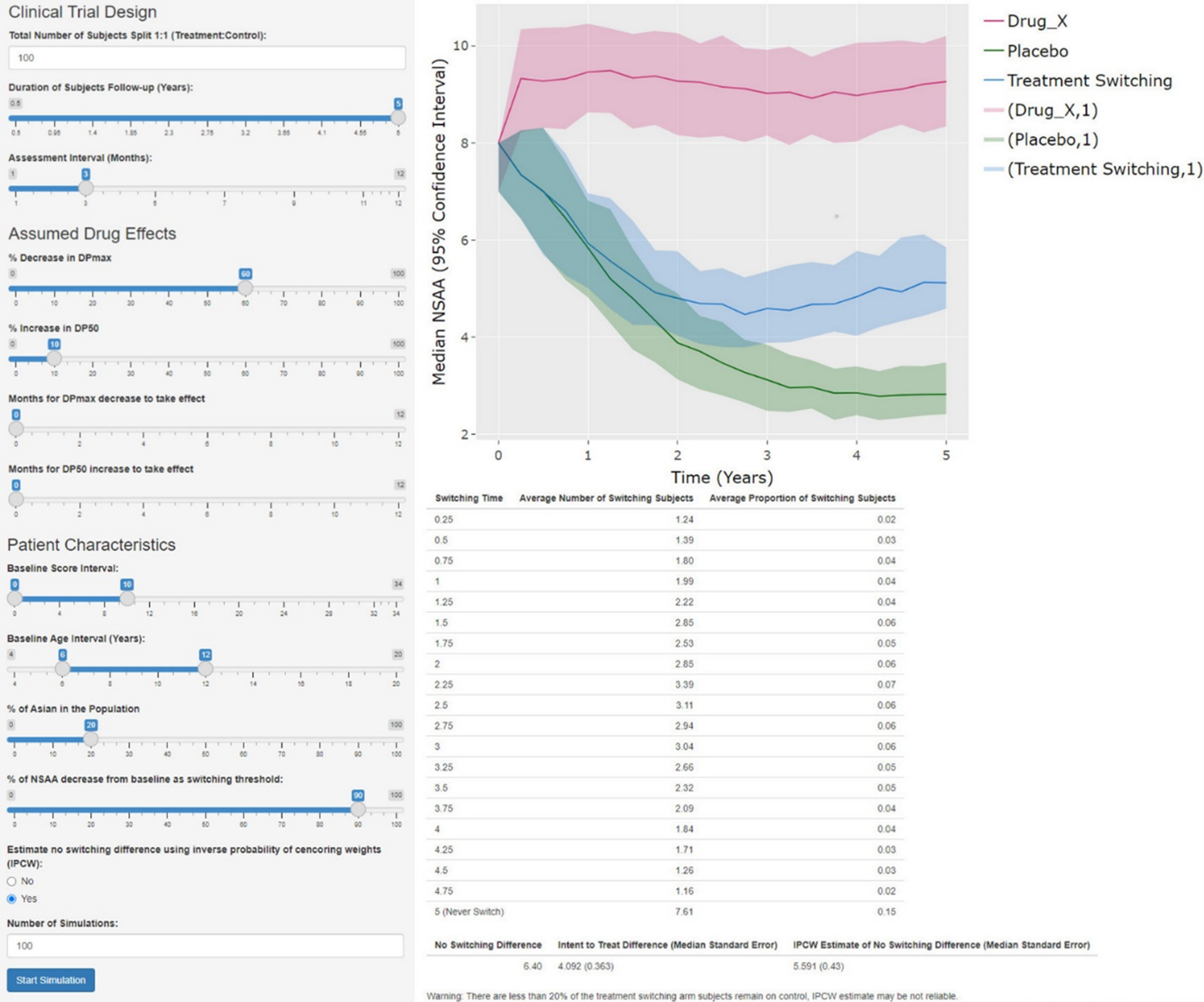Opportunities for innovation in drug development for neurological conditions
Through its collaborations with the Critical Path InstituteExternal Link Disclaimer (C-Path), CDER has helped to expand and refine clinical trial simulator tools to inform clinical trial planning and resolve the unmet needs in Alzheimer's disease, Parkinson’s disease, and Duchenne muscular dystrophy.
Background
CDER has long recognized that despite significant and sustained investments in drug development in neurological diseases, bringing transformative therapies to patients in need remains challenging. Challenges include, but are not limited to, incomplete understanding of underlying disease progression and relevant sources of variability, inefficiencies and/or limitations in traditional clinical trial designs and analysis methods, and inadequate trial size and duration. These issues increase the risk for sponsors to engage in late-stage drug development and impede development of novel therapies. CDER has funded projects to address these challenges, including research designed to develop more efficient trial designs.
C-Path is an independent, nonprofit organization that brings together pharmaceutical, academic, government, patient, and nonprofit organizations to tackle critical drug and therapeutic development challenges. Building on previous work under C-Path in developing tools to advance clinical trials for neurologic diseases, and through funding from a broad agency announcement, CDER and C-Path have collaborated to developed model-informed drug development (MIDD) tools designed to address unmet needs in designing trials for Alzheimer’s disease, Parkinson’s disease, Duchenne muscular dystrophy, and more.
MIDD tools are vital because they help synthesize current knowledge about disease progression and sources of variability, incorporate sophisticated trial design methods, and help inform adequate trial size and duration through clinical trial simulation (CTS) and sample size/effect size estimation. Through feedback and collaboration with the FDA, including frequent interactions to define the scope and regulatory impact of the work, new MIDD tools and capabilities have been developed as user-friendly graphical user interfaces via the R Shiny web app.
Innovative design tools to inform clinical trials in neurological disorders
Assessing the risk of dropouts to the power of trials in Alzheimer's disease
Under the CDER and C-Path collaboration, researchers added a module to the first regulatory endorsed clinical trials simulation tool in Alzheimer’s disease1 to inform the risk of dropouts due to COVID-19. The module estimates an effect of a dropout based on whether it happened early or late in the trial, including a washout effect for trial participants unable to visit a clinic to receive study treatment, while simulating the extra variability in measurements that may arise from virtual visits.
Tools that aid the design of efficient and informative trials in Parkinson’s disease and other neurologic diseases, including those with multiple treatment arms and adaptive elements
Researchers developed two tools to assist with planning for a platform trial with up to five treatment arms compared to a single control, saving time and resources compared to conducting five separate trials with five separate control arms. The design of the trial allows for an interim analysis for early stopping for futility. The first tool is a module addition to a clinical trial simulation model2 that simulates a platform trial in Parkinson’s disease while allowing users to adjust the effect size of each arm separately (Figure 1). The second tool is a disease-agnostic graphical user interface that informs sample size requirements and statistical criteria for trial success and early stopping using the MAMS (Multi-Arm Multi-Stage) R package.3
Figure 1: Screenshot from the platform-trial augmented Parkinson's CTS tool that allows simulation of more than one drug treatment arm and checks for futility at the interim analysis. Top shows the tool inputs and bottom shows one simulated trial arm compared to control with an interim analysis.
Many treatments in Parkinson’s disease only affect disease symptoms and not underlying progression. C-Path also developed a module for the clinical trial simulation tool 2 that uses two methods for comparing a disease-modifying effect versus a symptom-only effect in a randomized delayed start trial .4,5
Traditional clinical trials often use a predefined 1:1 or 2:1 allocation ratio, which may result in more participants being allocated to a control treatment than necessary. To inform optimization of the number of trial participants on treatment relative to control, an MIDD tool was developed that implements response adaptive randomization (Figure 2), which optimizes the number of trial participants on treatment while maintaining power and sample size based on prior patient responses to treatment.6
Figure 2. Response adaptive randomization tool with example inputs and output.
A tool that allows for pre-specified switching of Duchenne muscular dystrophy patients to active treatment depending on disease progression
Lastly, there are ethical concerns associated with leaving trial participants with progressive disease on control medications. To address these concerns, researchers developed another module for a clinical trial simulation model7. This one was for Duchenne muscular dystrophy and it allows for control group participants to switch from control to active treatment if their progression passes a threshold of endpoint change from baseline that can be specified by the user (Figure 3) using an inverse probability weighting approach.8
Figure 3. Treatment switching module for a CTS tool in Duchenne’s muscular dystrophy. The left shows the tool inputs to design, drug effects, patient characteristics, and whether to account for patient switching using inverse probability of censoring weights (IPCW). The upper right gives simulated trajectories for the treatment arm (red), the placebo arm where treatment switching occurs (blue), and hypothetical arm where no treatment switching is allowed (green). The table in the bottom right gives the number and proportion of individuals who switch from placebo to treatment at each time point. Below the table, the difference between groups had no patient switching (red vs green) is given along with the observed differences after switching (red vs blue), as well as the IPCW estimate of the no switching difference. The tool also outputs a warning if too few individuals remain in the placebo arm at the end of the trial, as too few remaining placebo arm individuals may result in less accurate IPCW estimates.
These new tools will help inform drug development and provide regulators and sponsors with a platform to discuss regulatory submissions, assist with exploring various "what if" scenarios, and serve as an educational resource for reviewers. Such MIDD solutions may also help with patient recruitment, because potential trial participants may be more willing to enroll in trials where they are allowed to switch to experimental treatment. Furthermore, wide adoption of these tools has potential to reduce the number of in-house tools regulators need to review. Ultimately, they have the potential to remove bottlenecks in the drug development process in the above disease areas and thereby make safe and effective therapies available for patients in need.
To request access to any of the tools discussed here, please send an email to QuantMedInfo@c-path.org.
How does this work to inform drug development in neurological diseases?
Clinical trial simulators and innovative trial design tools provide a means to plan and explore scenarios for trials in neurology. These tools have potential to help optimize and streamline trial design, and can stimulate communications between sponsors and regulators about how to best meet the needs of patients with Alzheimer’s disease, Parkinson’s disease, Duchenne muscular dystrophy, and other neurological diseases.
References
- Conrado DJ, Denney WS, Chen D, Ito K. An updated Alzheimer’s disease progression model: incorporating non-linearity, beta regression, and a third-level random effect in NONMEM. J Pharmacokinet Pharmacodyn. 2014;41(6):581-598. doi:10.1007/s10928-014-9375-z
- Conrado DJ, Timothy N, Kuenhi T, et al. Dopamine Transporter Neuroimaging as an Enrichment Biomarker in Early Parkinson’s Disease Clinical Trials: A Disease Progression Modeling Analysis. Clinical and Translational Science. 2018;11(1):63-70. doi:10.1111/cts.12492
- Jaki T, Pallmann P, Magirr D. The R Package MAMS for Designing Multi-Arm Multi-Stage Clinical Trials. Journal of Statistical Software. 2019;88:1-25. doi:10.18637/jss.v088.i04
- Bhattaram VA, Siddiqui O, Kapcala LP, Gobburu JVS. Endpoints and Analyses to Discern Disease-Modifying Drug Effects in Early Parkinson’s Disease. AAPS J. 2009;11(3):456. doi:10.1208/s12248-009-9123-2
- Liu-Seifert H, Andersen SW, Lipkovich I, Holdridge KC, Siemers E. A Novel Approach to Delayed-Start Analyses for Demonstrating Disease-Modifying Effects in Alzheimer’s Disease. Tractenberg RE, ed. PLoS ONE. 2015;10(3):e0119632. doi:10.1371/journal.pone.0119632
- Robertson DS, Lee KM, López-Kolkovska BC, Villar SS. Response-adaptive randomization in clinical trials: from myths to practical considerations. Stat Sci. 2023;38(2):185-208. doi:10.1214/22-STS865
- Lingineni, Karthik, Aggarwal, Varun et al. Development of a Model‐based Clinical Trial Simulation Platform to Optimize the Design of Clinical Trials for Duchenne Muscular Dystrophy. CPT: Pharmacometrics & Systems Pharmacology. doi:10.1002/psp4.12753
- Willems S, Schat A, van Noorden M, Fiocco M. Correcting for dependent censoring in routine outcome monitoring data by applying the inverse probability censoring weighted estimator. Statistical Methods in Medical Research. 2018;27(2):323-335.



